Hampton Bay Kensley Park 5-Light Classic Traditional Brushed Nickel Hanging Candlestick Chandelier with Frosted White Shade
Classic style chandelier, adds a touch of elegance to your space. Uses (5) medium base bulbs up to 60-Watt, sold separately. Fully dimmable with compatible dimmer switch.
Featured is a Brushed Nickel 5-light Chandelier. This light fixture will add a touch of sophistication and elegance to your space. Featuring a beautiful brushed nickel finish and 5 frosted white glass shades, this interior light will complement any decor.
- Supplied with 6 ft. of chain for open entry-way and cathedral ceiling installations
- Uses five 60-Watt incandescent bulbs (sold separately)
- For energy savings, can also use LED or CFL equivalent light bulbs
- Compatible with a standard wall dimmer
- Steel construction
- UL listed for quality and safety
- Easy assembly instructions included for quick setup
- Coordinates with other light fixtures available at The Home Depot for a complete lighting theme throughout your home
Additional information
| Chain Length (in.) | 72 |
|---|---|
| Fixture Depth (in.) | 22.5 |
| Fixture Height (in.) | 18.2 |
| Fixture Weight (lb.) | 8 |
| Fixture Width (in.) | 22.5 |
| Maximum Hanging Length (in.) | 92 |
| Mounting Deck Height (in.) | 1 |
| Mounting Deck Width (in.) | 5 |
| Certifications and Listings | UL Certified |
| Manufacturer Warranty | 2 Year Limited Warranty |

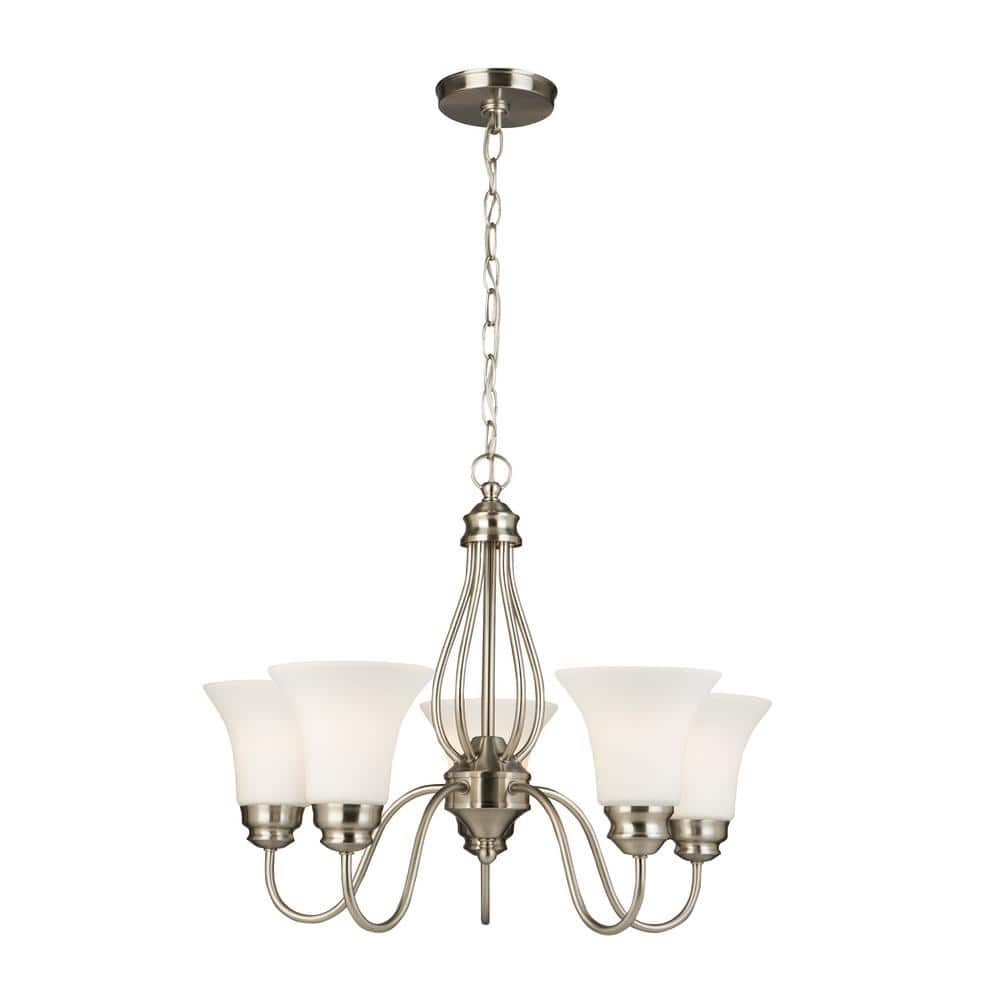
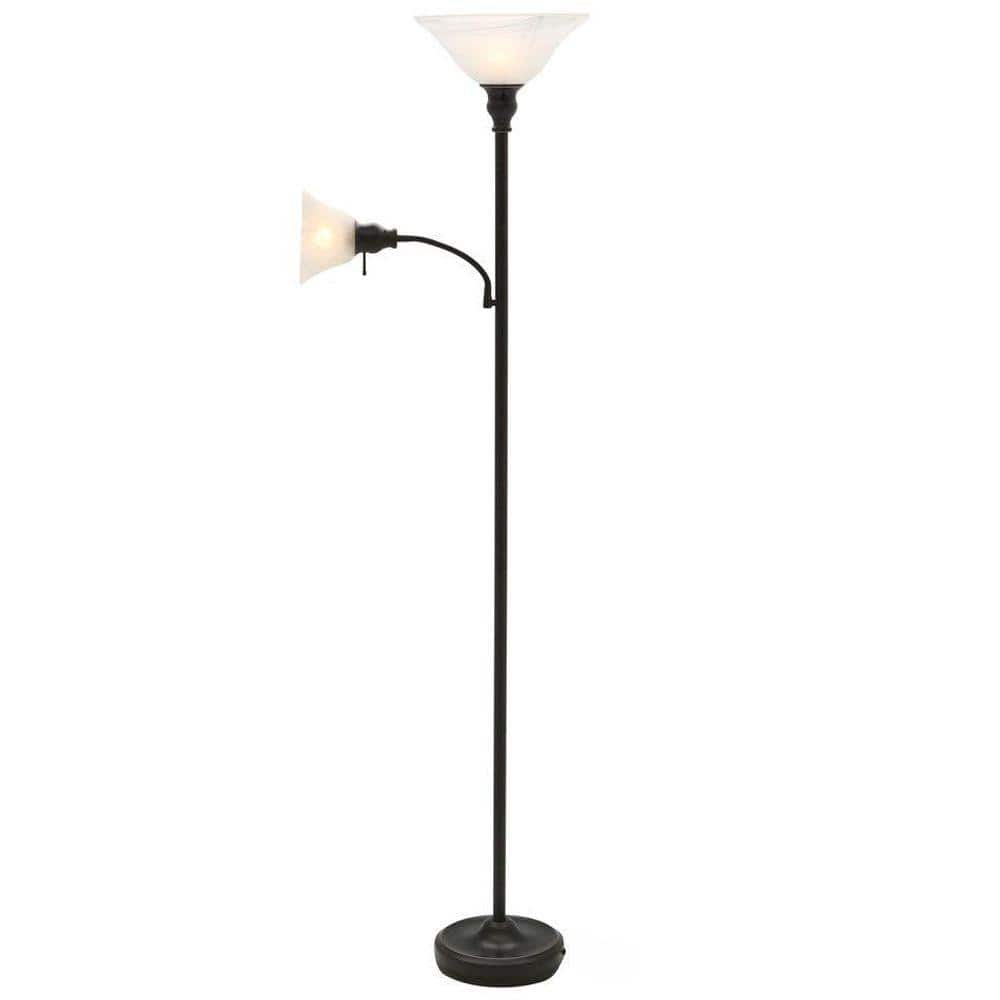
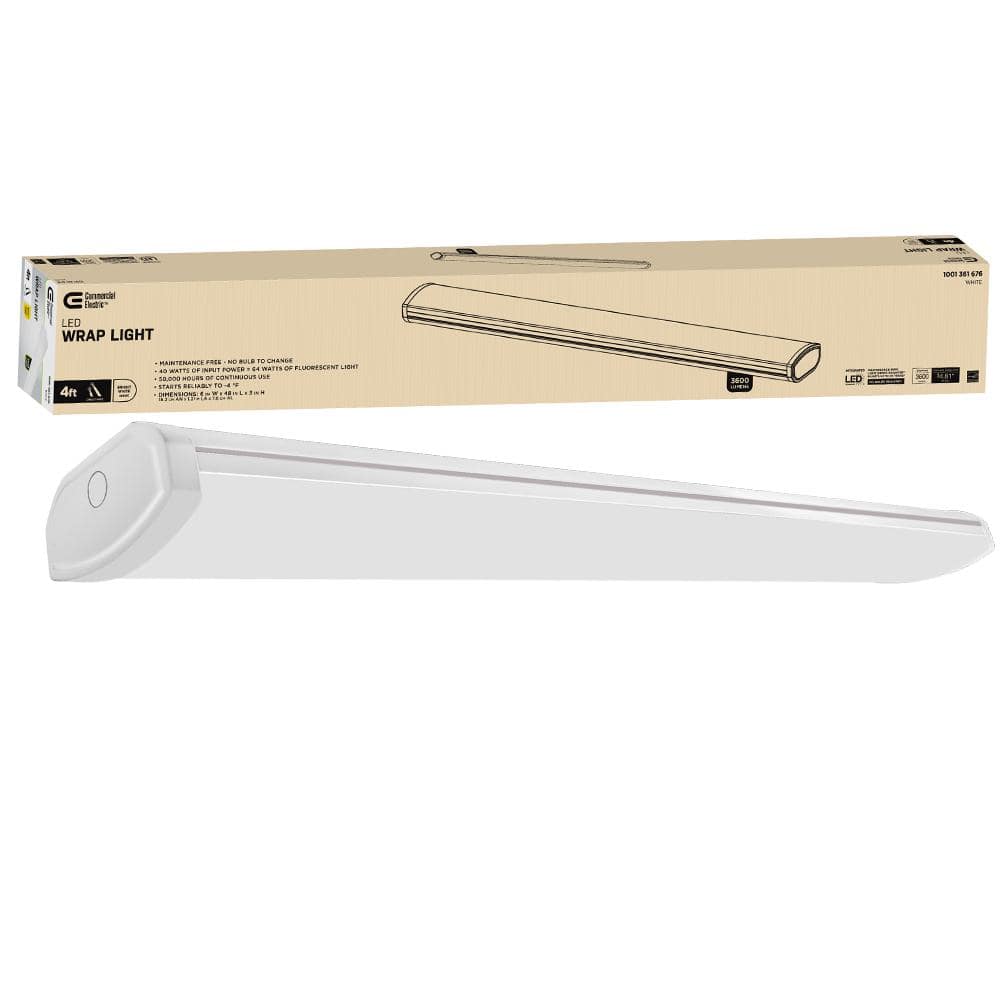
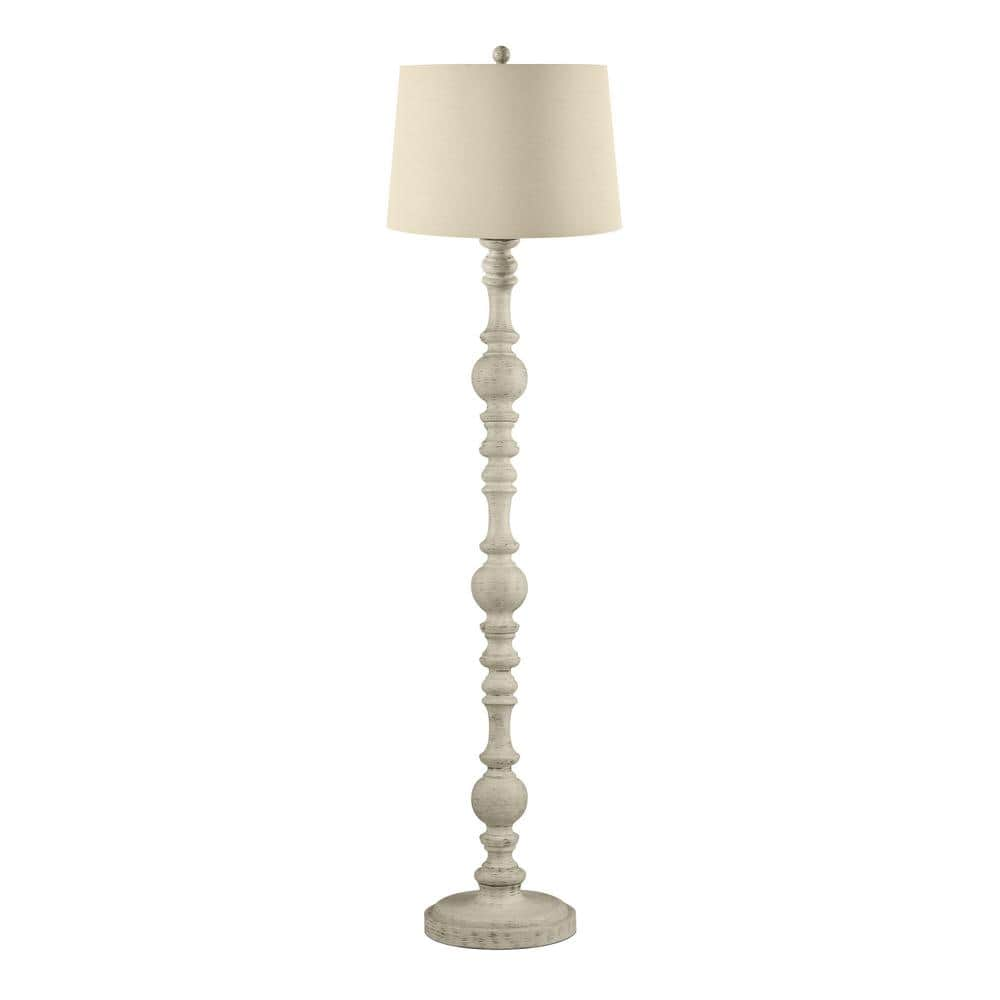
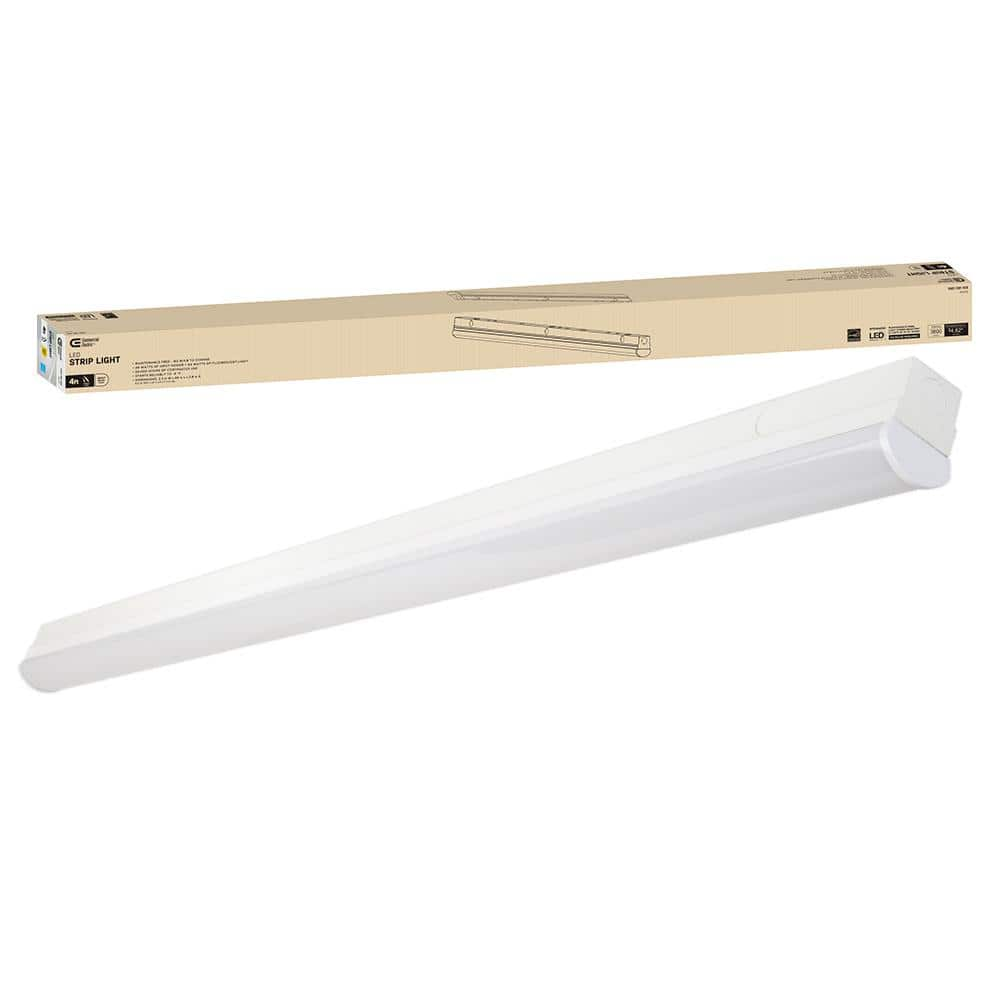
by Sherri
Just as expect. Great quality and beautiful!
by Ryan
Great Product for the value and fit our needs perfectly. The install was easy other than one flaw in one of the lamps where the twist ring had fallen into the lamp. We were able to recover it with some creativity.
by Becky
So beautiful, simple but elegant for any dining area.
by Dee
Even though I had to return one due to the missing globe (factory over sight), I still give this chandelier 5 stars for the ease of installing, For it’s simple and fabulous design, we’ll worth the money.
by Patricia
Needed to hire someone because it was a bit tricky hanging a chandelier overhead.